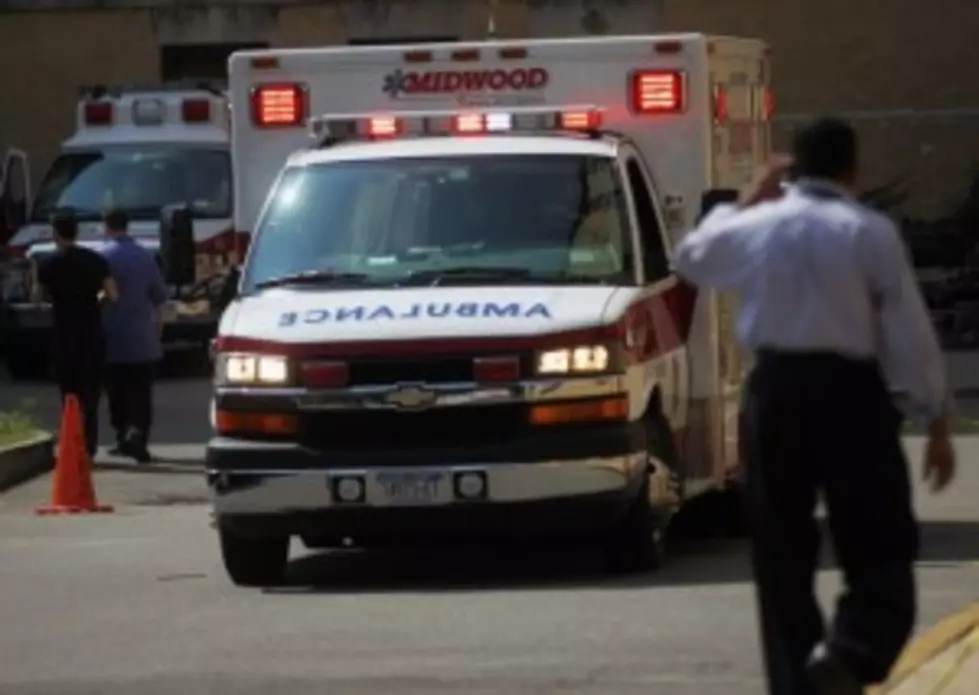
Lifeline Wyoming Aims to Save Lives
It was just before midnight in June 2007 when Gary Keimig woke up nauseous and soaking in sweat. A week earlier, the 66-year-old landscape artist had brushed off chest pain, but now he knew something was definitely wrong. His first call was to his daughter, a nurse who lived across the state. She told him to hang up and to dial 9-1-1 right away.
By sunrise, Keimig was nearly 200 miles from his Dubois home and lucky to be alive. He had suffered the most deadly type of heart attack, a ST-elevation myocardial infarction, or STEMI, which required specialized care. An ambulance transported Keimig more than 70 miles to the Lander hospital, where the STEMI was diagnosed. From there, he was airlifted to Casper, which offered the nearest facility equipped to open his arteries and restore blood flow to the heart.
Unfortunately, Keimig’s story is not unusual. Due in part to the state’s rural landscape and sparse healthcare resources, cardiovascular disease remains the leading cause of death in Wyoming. In 2012, Mission: Lifeline Wyoming was launched to provide the highest level of STEMI care to all Wyomingites and to increase the odds of survival.
The first phase of the American Heart Association (AHA) initiative centered on streamlining the system of care — the connection of EMS, first responders, hospitals and health care providers that each play a critical role in heart attack treatment. To date, participants include 36 hospitals and clinics, and 56 EMS agencies and first responders that benefit from new equipment, specialized training and coordinated protocols. So far the AHA has invested approximately $3 million in new and upgraded equipment by outfitting nearly 200 ambulances with mobile 12-lead electrocardiograms (EKG). Unlike Keimig’s experience seven years ago, modern EKG technology can transmit patient data while en route. This saves precious time by allowing doctors to prepare to treat or transport the patient before arrival at the hospital.
Phase two is focused on raising awareness of both the signs and symptoms of a heart attack, as well as the importance of immediately dialing 9-1-1. A recent AHA-funded survey revealed one in seven Wyomingites couldn’t name any signs of a heart attack. Further, only 52 percent of adults said they would call 9-1-1 first if they suspected a heart attack. A series of public service announcements, radio spots and educational materials featuring Keimig and other local survivors, is currently in wide distribution across the state to help raise those awareness levels.
The $7.1 million program is funded through a $5.9 million grant from The Leona M. and Harry B. Helmsley Charitable Trust with additional funding from First Interstate Bank and the Wyoming Community Foundation’s Working for Wyoming Fund. Since 2010, the American Heart Association and the Helmsley Charitable Trust have launched similar Mission: Lifeline projects in Minnesota, Montana, Nebraska, North Dakota and South Dakota. To learn more, visit www.heart.org/mlwyoming.
Click here to view Dianne Kirkbride's story, the other Wyoming resident featured in the Mission: Lifeline Wyoming campaign.





